
|
| Accept Cookies | Customize | Refuse Cookies |
Kwlit www.juzaphoto.com/p/Kwlit  |
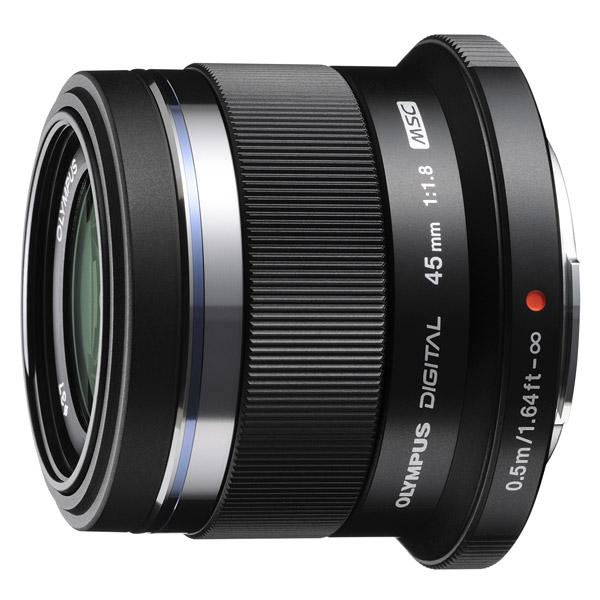 | Olympus M.Zuiko Digital 45mm f/1.8 Pros: Small and high-performance Cons: Nothing Opinion: I have been using the m.4/3 system for many years, since the release of the Lumix Gf1. I currently have a G9 and a GX9 with a plethora of lenses. I don't photograph much anymore and when I do I like to shoot light, with minimal equipment. I almost always carry the GX9 with the 20mm 1.7. Everything goes in a small bag with other things, such as a cell phone, car keys, reading glasses and more. The Zuiko m. 45mm invariably finds a place, small and light as it is. I mainly use the 20mm, but if you need him he's there. He never risks staying at home. They have already written that it fully reflects the philosophy of the system and it is true. Is it cone when the Leica III was used at a time when bioptics and 4x5 folding and TA performance reigned? What about bokeh? But who cares, which isn't to say it's not a great lens, regardless of the price. In an m.4/3 layette you need to have him, or his Panasonic counterpart. sent on December 21, 2023 |
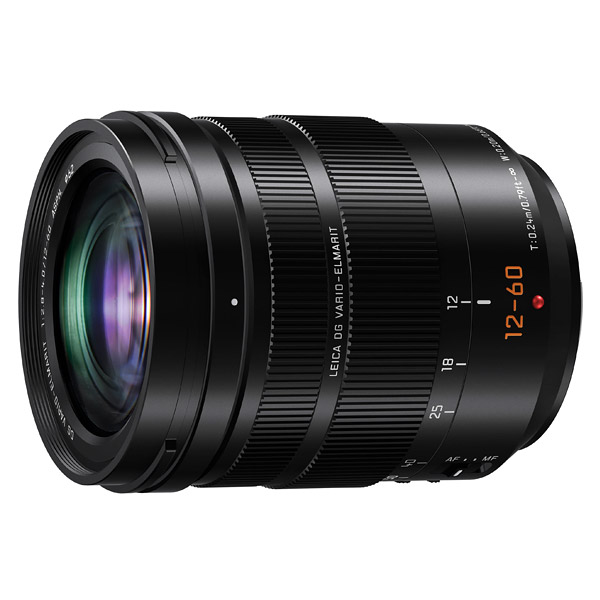 | Panasonic Leica DG 12-60mm f/2.8-4.0 ASPH OIS Pros: Construction and optical rendering Cons: Don't have it Opinion: It is a lens that is difficult to take off the camera. In some reviews here they complain about optical defects that I have not found. Someone complains that it suddenly drops in brightness with increasing focal length and criticizes at the same time the weight and size: evidently can not imagine how it could be and how much a constant 12-60 f2.8 should cost. Personally I would have preferred a constant f/4. Someone mentioned among the defects the made in China ... Is it a defect? Why should it be, since it has excellent mechanics? Except for specific needs, it could be the only objective of the kit. sent on May 16, 2023 |
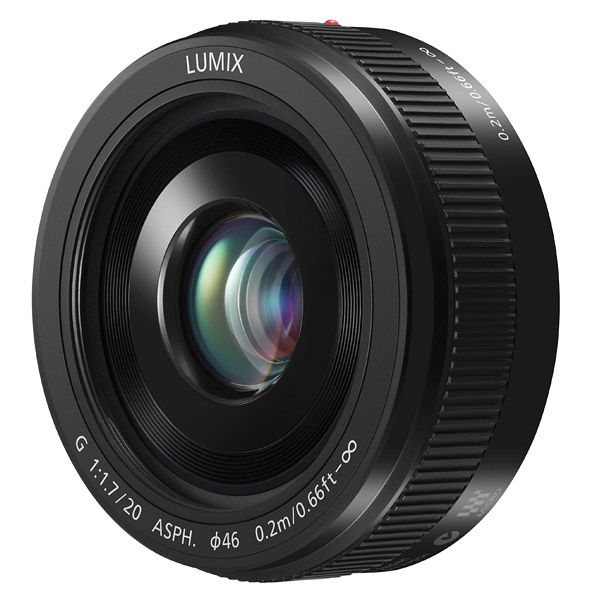 | Panasonic Lumix G 20mm f/1.7 II ASPH Pros: All Cons: Autofocus a little slower Opinion: I own it together with the Summilux 25/1,4. They can coexist. The 20 has on its side the practicality: mounted on a GX9 is discreet and extremely portable. The difference in brightness is irrelevant in practical use and the "yield", the person responsible for the sleepless nights of the amateur photographer, is excellent in both I also have an excellent G9 machine that can certainly not be defined pocket and on this the summilux goes perfectly. The above when I want to play HC Bresson on duty... for everything else there is the Panaleica 12-60 zoom. I dare say that the choice of objectives rather than technical is philosophical. Returning to the 20mm I recommend the 'purchase. In the used car it is at prices that are too close to the price of the new: I would not pay even one euro more than the current 200, including any expenses. However, to be on the side of those who sell, it seems that they go away even more than 250 euros ... What can I say, happy with them... sent on May 04, 2023 |
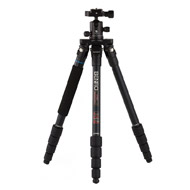 | Benro A1192TB0 Pros: All. Portability (flat), robustness, practicality. Cons: Discontinued and, it seems to me, without heirs. Opinion: With the complete extension of the legs perhaps it is not the most suitable to accommodate a large and heavy telephoto lens. But it is enough to retract the last segment of the legs, the thinnest, and it becomes a rock. Having neither an FF nor a supertele, mine is a supposition and could be disproved by a practical test. For the rest, it has no flaws. In reality there is another defect: used is not easily found. But if I know it was used to carry a tripod in the backpack, this is THE SOLUTION. sent on March 19, 2023 |
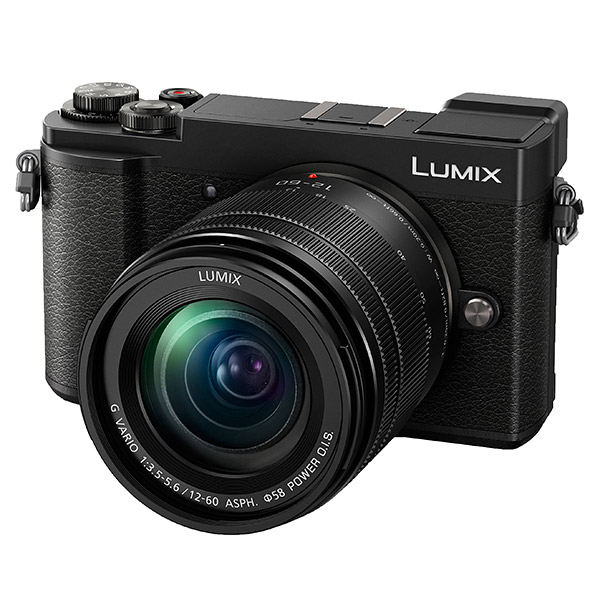 | Panasonic GX9 Pros: It does exactly what it was built to do Cons: I would have preferred the flip-up screen so as to keep it closed. Quisquilie. Opinion: I don't find any fault with this machine. Neither does the battery life, which is similar to other machines of the same size. If you wanted a large trunk, it would be better to buy a station wagon and not a city car and then complain. A couple of batteries in your pocket shouldn't deter anyone. I also have a G9 which I guess has superior functions. I wrote because I never took advantage of them. The greatest convenience of the G9 lies in the many controls that avoid going through the menu. And I've also found that most of the time, when I go out without a specific purpose, it's the G9 that stays at home. The gx9 with the summilux 25 and the zuiko 45/1.8 fits in a fanny pack. With the lumix 20 it would look even better. But I mistook it for summilux, a suggestion of the name. Someone complains about the "grip". The same goes for the battery. There are low-priced metal handles, but they increase the size of the machine. Update: I bought back the 20/1.7 but also kept the Summilux 25. I know, my equipment is disproportionate compared to the number of photos taken. Sometimes I rode around with the 20mm and the 45mm Zuiko. All very comfortable. Perhaps, if I find an opportunity, I will exchange the 45 for the Panasonic counterpart. Perhaps, because there is no real reason. A medium-telephoto that mounts 37mm filters.... sent on February 17, 2023 |
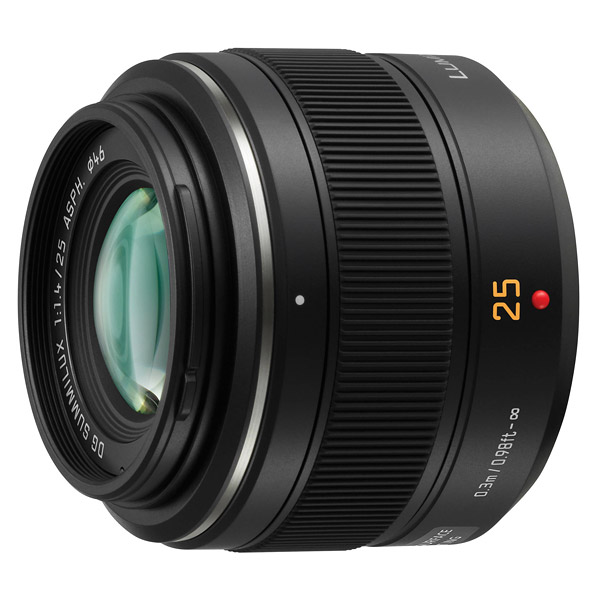 | Panasonic Leica DG Summilux 25mm f/1.4 ASPH Pros: All Cons: Nothing Opinion: B Opinion: I had it and I stupidly sold it to replace it with the 12-35, more versatile and excellent. But the name Summilux, although spurious, means something. Do not do the homemade tests by photographing a brick wall at 1.4. It is not a repro goal. Years ago both Progresso Fotografico and Tutti Fotografi, I'm old, did laboratory tests on lenses. They said they were very serious, although some correlation with advertising sometimes aroused suspicion. With a few exceptions, Leica targets rarely occupied first place. But by their own admission, they produced very pleasant images. According to them, a bit of spherical aberration left her on purpose to give a sense of three-dimensionality to the image. Maybe they were right. sent on January 10, 2022 |
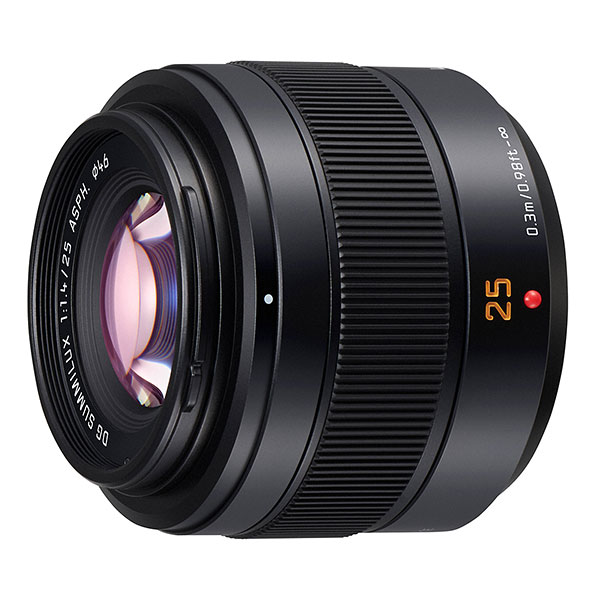 | Panasonic Leica DG Summilux 25mm f/1.4 ASPH II Pros: All Cons: Nothing Opinion: I had it and I stupidly sold it to replace it with the 12-35, more versatile and excellent. But the name Summilux, although spurious, means something. Do not do the homemade tests by photographing a brick wall at 1.4. It is not a repro goal. Years ago both Progresso Fotografico and Tutti Fotografi, I'm old, did laboratory tests on lenses. They said they were very serious, although some correlation with advertising sometimes aroused suspicion. With a few exceptions, Leica targets rarely occupied first place. But by their own admission, they produced very pleasant images. According to them, a bit of spherical aberration left her on purpose to give a sense of three-dimensionality to the image. Maybe they were right. sent on January 09, 2022 |
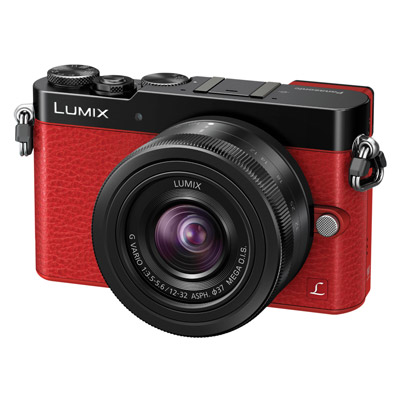 | Panasonic GM5 Pros: All Cons: Poor battery life Opinion: I've had it for a few years and I can't replace it. Small, really small, very transportable. I used it with the 12-32 but the extraction of the lens and the choice of the focal length slows down the action. Then I used it with the 20mm and I think it is a formidable combination for practicality and quality. I recently took the Summilux 15mm, but although I have not yet experienced the pairing in the field for various reasons, just handling it gives me hope. Aperture on 5.6, priority of apertures and ISO free to fluctuate. It will be necessary, in low light, to keep the move under control. There is no stabilization but you cannot have everything. There is the flash slide and allows the use, in addition to its tiny accessory flash, of also powerful flashes . About the battery, it depends on how much of the photographer. The batteries are small and bringing a spare pair of them is certainly not a problem. The only drawback is that it often makes the main car stay at home. It has not had great commercial success: professionals, however few, do not need it and amateurs love to appear and this is minimalist. It is rare to find it on ebay and the quotes are surprisingly high, I would say too high sent on January 07, 2022 |
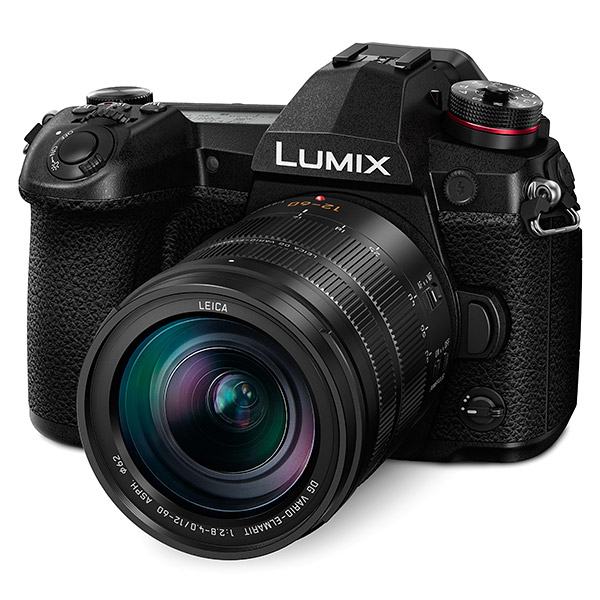 | Panasonic G9 Pros: Great feeling of robustness. Several options that can be activated without switching from the menu. Cons: Nothing. Opinion: A few days ago I photographed a wedding, with the G9, the panaleica 12-60, flash positioned to the side on a handle and vertical grip. The latter allowed me to take more than 300 photos before switching to the battery inserted into the machine. The whole thing is very handy, maintaining a reasonable weight. A note on vertical grip, which is not the original one but is similar. I would have preferred it if instead of doubling the controls, which can cause confusion, it was a simple container of a pair of batteries in addition to the one inserted into the machine and had the possibility, via adapter, to use normal AA batteries. Years ago I had Canon vertical grip and AA batteries lasted for an infinite time, as well as having the confidence to always find them in case of need. The software of the machine, using the flash, is not deceived even by the presence of mirrors behind the subjects. As for the "noise" attributed to the 4/3 format I could never find it. It may be that I come from the era of film, but I never found myself in the need to use not the 25 thousand iso, but not even the 3200....For the wedding I set the limit to 400 iso, without even reaching it. Perhaps it will be necessary to use high sensitivities in the photo hunt at dusk.... sent on March 15, 2021 |
 | Mamiya C220 Pros: Format, robustness, quality Cons: Slow and heavy Opinion: I have had both this and the 330 and of course I prefer the latter. With some accessories, see paramender, and the extendable bellows, it is excellent for making reproductions. There is no point in comparing it to Rolleiflex. I also had a 3.5F as well as the 3.5T and they are of an unavable practicality and speed for the kind of photography for which they were designed, reportage and ceremonies, as well as portrait and, with some limitations, landscape. Having to choose only one machine in a non-digital era, I would have preferred the Rolleiflex. But all of them in my preferences and in history, in the reportage, even familiar, were defeated by the Leica M with Summicron... sent on January 09, 2021 |
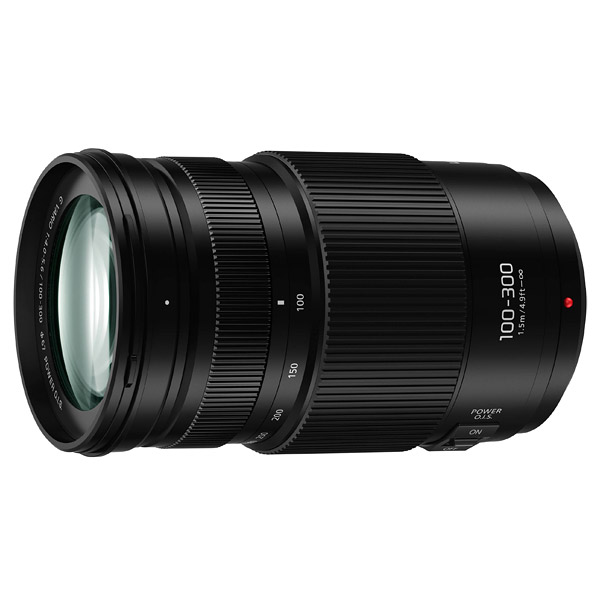 | Panasonic Lumix G 100-300mm f/4-5.6 II OIS Pros: It has no competitors, so it's advantageous in every respect Cons: Nothing Opinion: Do you like to win easy? You could ask for this goal, which has no competitor. There is a Zuiko equivalent, but if you own a Lumix there is no reason to turn to him. It is handy and offers good results regardless of the price. It's almost unbelievable to carry a 100-300 telezoom with ease. It is also out of place to cause the low brightness to defect, practically 5.6. With digital that allows you to shoot at 800 iso quietly is not a problem, if you also consider double stabilization. Increasing the brightness would have made it grow exponentially and also the price would have relegated it to the purchases of "but do I really need ?". Probably the blurred will not be that of the ultraluminous, those who allow to have in focus an eye yes and one not, that characterize the artistic of the modern photographer (H.C. Besson and Berengo Gardin did not sleep there at night) and on the bohek or as cabbage you write I do not know what to say, since I more or less care how the study of the migration of beetles in southern China... But I also understand that de gustibus... sent on April 16, 2020 |
 | Zenit Helios 44-2 58mm f/2.0 Pros: Price, brightness Cons: Color rendition, low contrast Opinion: In the early ' 70, the years of my photographic indigence, I had the means to use this goal. In the b/w I could exploit the high resolution and the poor contrast was obviable in the development and printing and, in some cases, could return to advantage. But the use with the slides showed its limits. I happened to go on a trip to the excavations of Pompeii and I took the reflex, an economical Praktica, equipped with the Helios, and a Rollei 35, the middle version, the one with the 40mm Tessar, which at the time used in the mountains. I snapped with both machines, both loaded with Ektachrome. Inserting the slides in the same magazine, divided by subject and not by camera, the differences between the Tessar of Rollei and the Helios were abytes. In practice, they were not projectable together. Those with the Helios were dead, with a very light dominant Verdina. The Tessar already had anti-reflective treatment which was lacking on the Helios. Today that you no longer shoot in the slide, with digital optics defects are easily obviable in post-production or by setting the machine to produce the correct JPG. Is it worth it? If you want to save and resume with a fixed focal, obviating the lack of autofocus, yes. Otherwise not. On digital I also experienced a Takumar 50mm 1.4, the radioactive one, at the time a high-class optics. On my Lumix GX8 the Summicron 25/1.4, neglecting the ease of use, clubbed it for Benino. sent on May 27, 2019 |
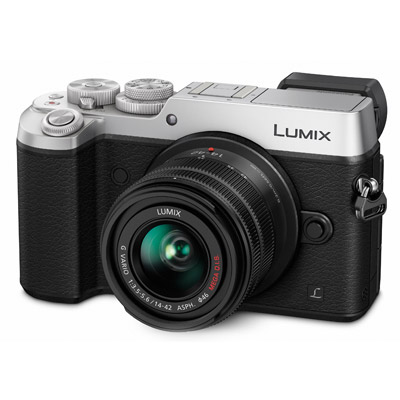 | Panasonic GX8 Pros: Almost everything Cons: Battery life Opinion: I purchased the GX8 shortly after it was being put up for sale. I find it excellent in everything. But I am amazed that Panasonic, given the low battery life, has not produced a battery grip contrary to Olympus. In the long photographic sessions would solve the problem. I bought the "fake battery" but it is necessary to connect it to a power bank and the necessary wire remains in the way. sent on December 09, 2018 |
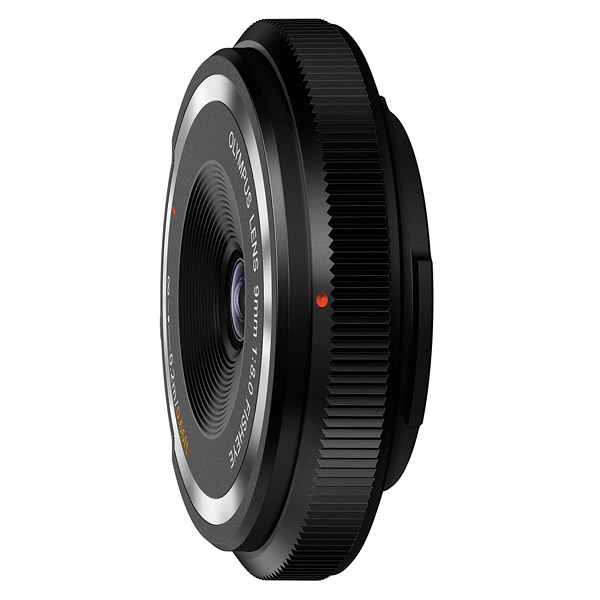 | Olympus 9mm f/8 Fish-Eye Body Cap Pros: Price Cons: Almost everything Opinion: A missed opportunity: fixed diaphragm at F8, short focal and of course no retrofocus. With a minimum of commitment, but a minimum, you could build a lens from the extraordinary surrender. With a few euros more, considering the next sales volume. The pocketability would remain similar, there would have been a few more grams. Does anyone remember the Zeiss Hologon? sent on November 13, 2018 |
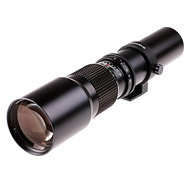 | Samyang 500 mm f/8 Preset IF MC Pros: Cost Cons: For its price, none Opinion: It is a lens that must be used for what has been designed. If you do not have stabilizer, the tripod is almost mandatory, unless you have a machine capable of making good at high ISOs. If it is necessary to recover the depth of field, it will be necessary to diaphragm and things can only worsen. Currently for photographic hunting a lens that is not autofocus is only ballast, unless you are master of the specialty, experts in stakeouts etc. It is good for static subjects, far away, for perspective crushing and little else. It needs, like all the objectives, a good lens hood, in the specific length up to the limit of vignetting. If you have an EVF the dimming of vision is not a problem. With just over 100 euros you can experiment. sent on May 10, 2018 |
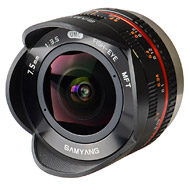 | Samyang 7.5mm f/3.5 UMC Fisheye MFT Pros: All the possible merits of a fisheye. Solid, clear and contrasted Cons: Nobody Opinion: Obviously it is a lens with reduced use. But in its kind it does not fear rivals. The small ring of MF is not a problem considering that apart from some close-up and close aperture, we can easily forget it. I like to use it for the interiors of domes in churches. In the past I used it on Panasonic that did not have sensor stabilization. Today, with the GX8, the interior problem, where the use of the tripod is rarely tolerated (when I could have done so by placing the machine on the ground and using the self-timer), is very small. I have not tried it yet with the monopod, which could go unnoticed or almost. Given its price (it is, new, less than 200 euros) is not that I recommend it: it must have it.rn sent on March 30, 2018 |
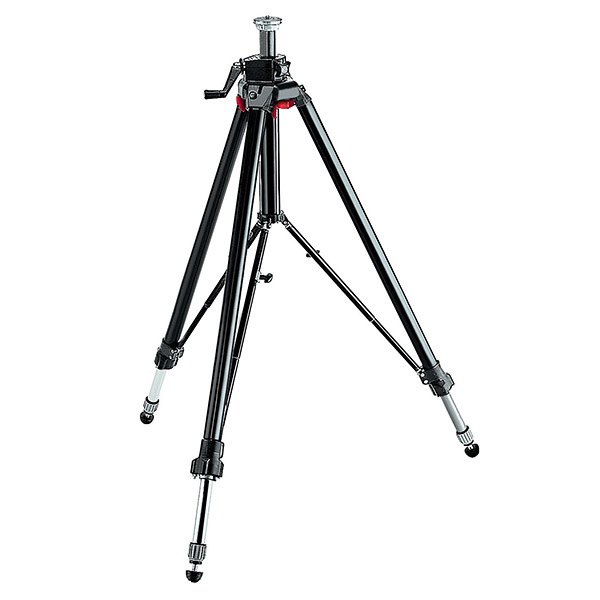 | Manfrotto 058B Pros: Stability, positioning speed, robustness Cons: Nobody Opinion: The weight can not be included among the cons: it's like buying a Rolls Royce and complaining about fuel consumption. The 058B is THE TREPPIEDE. Then, of course, everyone considers his needs. I work mainly with a fairly light, carbon tripod, but I can not detach myself from 058. When I want to be quiet, I use it. Of course, transport by car is ideal, but if you are a little sporty you can carry on your shoulder, maybe not on top of peaks alpine.rn sent on March 07, 2018 |
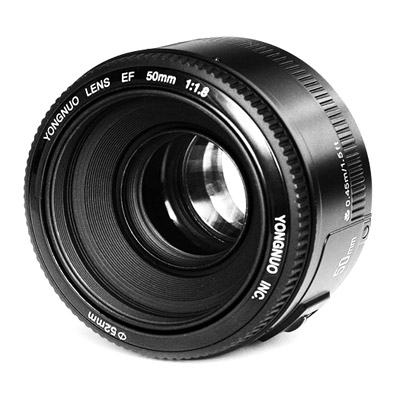 | Yongnuo EF YN 50mm f/1.8 Pros: Nobody Cons: Everything, even the resale Opinion: From the series: "wedding with dried figs can not be done". Or rather, they can be done, but they remain weddings with dried figs. Now the site warns me that the comment must have at least 350 characters, who knows why, so I will have to pleonistically argue. Chinese does not mean bad quality: this lens is poor in every respect because it costs 47 euros, and maybe less, and not because it is Chinese. They are money thrown: with little more you take a 50mm 1.8, maybe used, but of good brand and yield. Why should you buy a 50mm 1.8 when there are cheap standard zooms that cover this focal length? generally the answer is: "for better quality" and talking about cheap standard zoom could be true, and for the brightness that always in the cheap standard zoom drops dramatically to 4.5 or so. But this 50mm flat aperture is practically unusable, so ... then, if it certainly happens, you repentIn the case of the unavoidable purchase, it will be difficult to sell it for more than 10 euros. Did I argue enough? sent on March 05, 2018 |
 JuzaPhoto contains affiliate links from Amazon and Ebay and JuzaPhoto earn a commission in case of purchase through affiliate links.
JuzaPhoto contains affiliate links from Amazon and Ebay and JuzaPhoto earn a commission in case of purchase through affiliate links.May Beauty Be Everywhere Around Me